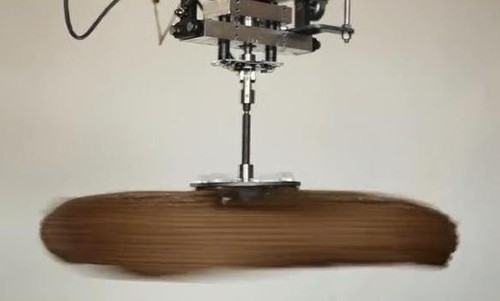- Published on
Velkess flywheel technology promises cleaner, more efficient energy storage
- Authors
-
-

- Name
- Vivienne Roberts
- in/viviroberts
-
Found in Gizmag. Sorry for copying pretty much the whole article – had me very interested.
Of the technologies currently in play, batteries are still expensive and limited in capacity, compressed air energy storage requires very specific spatial geological formations, thermal storage – often used in concentrated solar power (CSP) facilities – is also expensive and difficult to scale, and pumped storage hydroelectricity, while relatively inexpensive and efficient (70–85 percent), also requires specific geographical locations.
…
Perhaps the most straightforward storage method of them all, energy storage flywheels have been in use for over a century. A flywheel is usually a heavy shaft-mounted rotating disc that absorbs and stores twisting or spinning motion and then releases it as rotational kinetic energy.
Armed with the pioneering research of John Vance, a retired professor at Texas A&M University (TAMU), Gray has developed a novel approach to flywheel design with a patent pending flywheel system called Velkess – short for VEry Large Kinetic Energy Storage System. According to Gray, Velkess is a radical improvement on existing flywheel technologies and is dramatically less expensive than even the most economical energy storage technologies available today.

The existing prototype flywheel floats on a high efficiency magnetic bearing assembly, can make or absorb 2 kW of power, and can store 0.5 kWh of energy. Gray needs to scale that storage capacity up 30 times to 15 kWh. That requires replacing the 25 lb flywheel rotor seen in the video with a 750 lb version.
“Our challenge is with the magnetic assembly,” says Gray. “The magnets to float 25 lbs are easy to get on the internet and easy to work with by hand. Magnets strong enough to float 750 lbs, are a different story. They need to be custom made and are too powerful to safely work by hand.”

